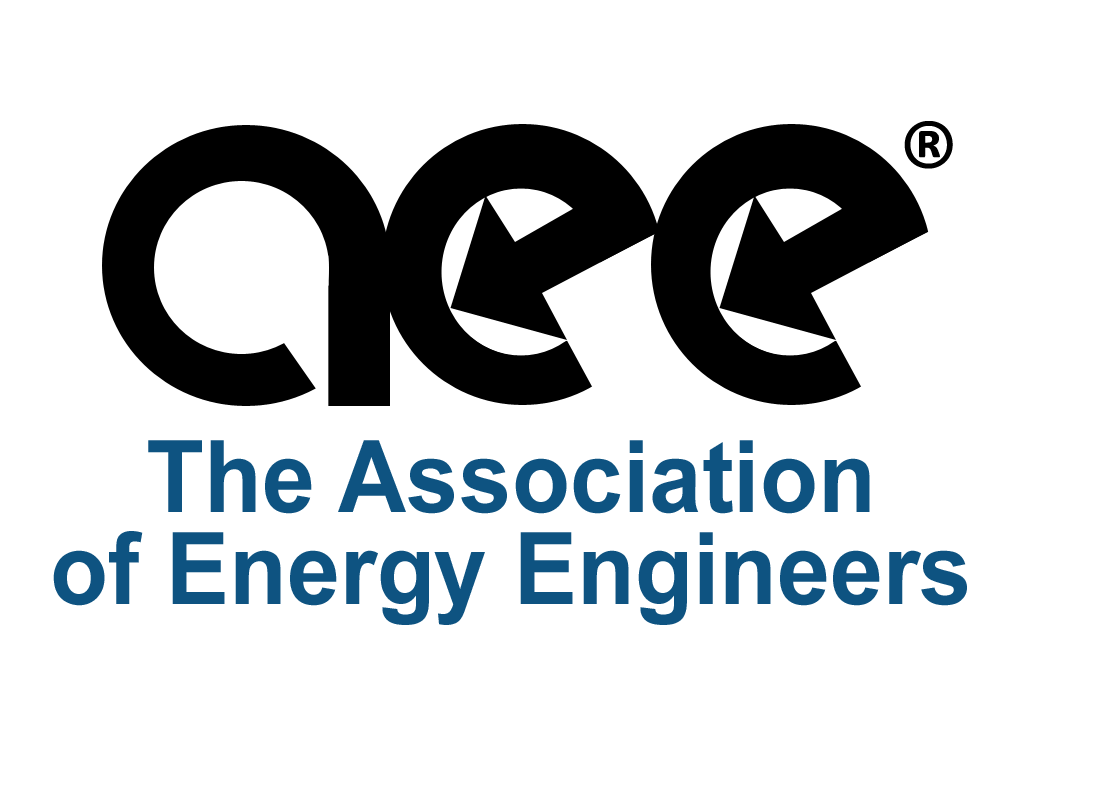Speaker bio:
John Avina, P.E., CEM, CMVP, CEA, CxA is the founder and owner of Abraxas Energy Consulting, a 20 person consulting firm. He has performed countless energy audits on tens of millions of square feet of buildings. He has performed M&V (and still does) for ESCOs. He worked closely with the creator of Metrix Utility Accounting System, which was the standard Option C M&V software for ESCOs in the late 1990s up until just recently. He developed a new Option C M&V software called … Option C. Both software programs perform weather normalization on utility bills and are used primarily by ESCOs to estimate energy savings from their ESPC projects. He has taught over 200 software classes to energy professionals, and has published over 10 papers, and spoken at over 40 conferences. In his spare time, he cuts, splits and stacks firewood. His wood pile is excessive and he should share more.
Presentation abstract:
We are all used to evaluating a year of utility bills. We have certain rules we have either been taught or developed on our own, such as, high usage in the summer means cooling. High usage in the winter means heating. The purpose of this presentation is to demonstrate that what you thought you knew may not be necessarily true. You can easily fool yourself with, I suppose the term is, confirmation bias. I will demonstrate a few cases where your gut instinct is wrong, and then I will explain how to evaluate utility bills more accurately.
Why is this important? One, when you do an energy audit, or M&V even, you want a base year that makes sense. You don’t want outliers in your base year data, especially when you are calibrating a building model. Also, it is valuable so you can make reasonable judgements about a building with just utility bills.
I promise you will all be fooled by your preconceived biases in this presentation.
